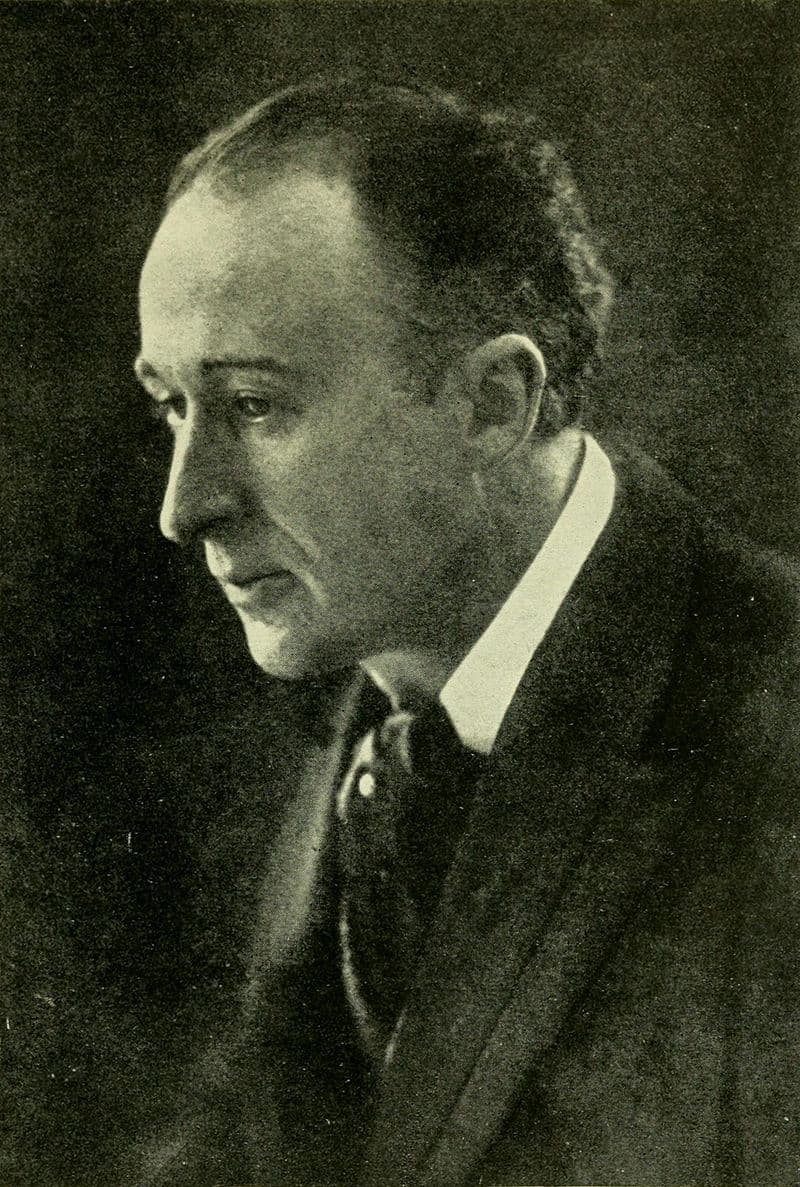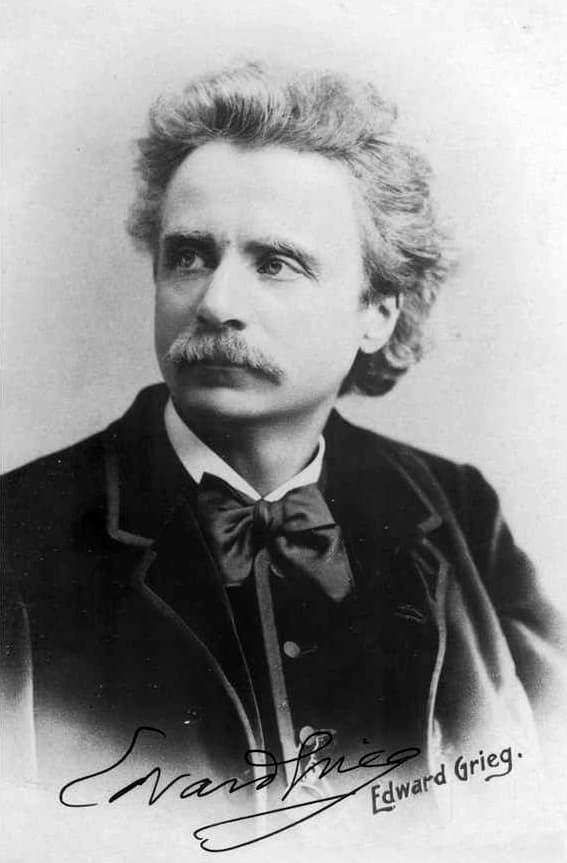Frederick Delius (1862–1934) was born in Bradford, West Yorkshire, a center for wool manufacture. Known as the ‘wool capital of the world’, it also took on the names ‘Woolopolis’ and ‘Wool City’. Delius’ parents came from Germany to Bradford and set up a successful wool business, that the young Frederick was expected to join. Unhappy with the future planned out for him, Delius escaped, sometimes on wool-sourcing business trips, other times out of his own frustration, to Europe, most notably Norway.

Frederick Delius, 1907
Finally, in 1884, his father recognized that his fourth child was not going to be a wool-man and funded him in an orange plantation in Florida. The plantation was not a success but he found a teacher and new musical idioms. His teacher, Thomas F. Ward, instructed Delius in music and held him to a disciplined schedule that gave him the framework to form his life. The new musical idioms were the music of the black American workers who he used on his orange plantation. Their music was new to him and became an inspiration. When everything fell through, his father agreed to fund his musical training at Leipzig.
He was in Leipzig studying from 1886–1888, and, after his relative freedom of education to that point, the Leipzig regime was difficult for him. However, being in the middle of a very musical centre was good for Delius and stretched his knowledge of music. In Leipzig, he became a friend of Grieg, and Grieg’s letter to Delius’ father was important in persuading Julius Delius that his son had a life in music.

Edvard Greig, 1889
Although his time in Florida was not viewed as a business success, it did result a few pieces of music that were indicative of his future.
His first orchestral work was his Florida suite, which takes us through the day on his plantation. The subtitle of the work is Tropical Scenes for Orchestral. He heard the first run-throughs of the work, as conducted by Hans Sitt, in a Leipzig restaurant with himself, Grieg, and the Norwegian painter Sinding as the sole audience. After that, he revised two movements, and the work wasn’t played again until 1937, three years after his death.
The six movements of the piece are linked so it comes out as four movements:
I. Daybreak–Dance
II. By the River
III. Sunset–Near the Plantation
IV. At Night
There’s much in the music that’s pure Delius, even at this early date, but the influence of Grieg in the pictorialism of the music cannot be denied. The quiet opening of Daybreak creates what will become a typical Delian mood, although here it’s in its first development.
Frederick Delius: Florida Suite – I. Daybreak – Dance (Ulster Orchestra; Vernon Handley, cond.)
The ending of By the River is as close to a ‘big tune’, in the Romantic sense, as Delius was ever to get for that master of the miniature.
Frederick Delius: Florida Suite – II. By the River (Ulster Orchestra; Vernon Handley, cond.)
One of the most beautiful sections is Sunset.
Frederick Delius: Florida Suite – III. Sunset – Near the Plantation (Ulster Orchestra; Vernon Handley, cond.)
At Night could be considered Delius’ first nocturne.
Frederick Delius: Florida Suite – IV. At Night (Ulster Orchestra; Vernon Handley, cond.)
In the Florida suite, we have more than a young composer trying his first orchestral work. We have a young composer striking out in quite original directions, trying to fit in the music he heard around him into what he’d already learned of Romantic composition. In the finale, for example, the theme for horn quartet suggests the distant singing of a spiritual. Dvořák wasn’t arriving in the New World for another decade, so Delius’ inclusion of black musical ideas anticipated Dvořák’s more prominent use of them.
For more of the best in classical music, sign up for our E-Newsletter



